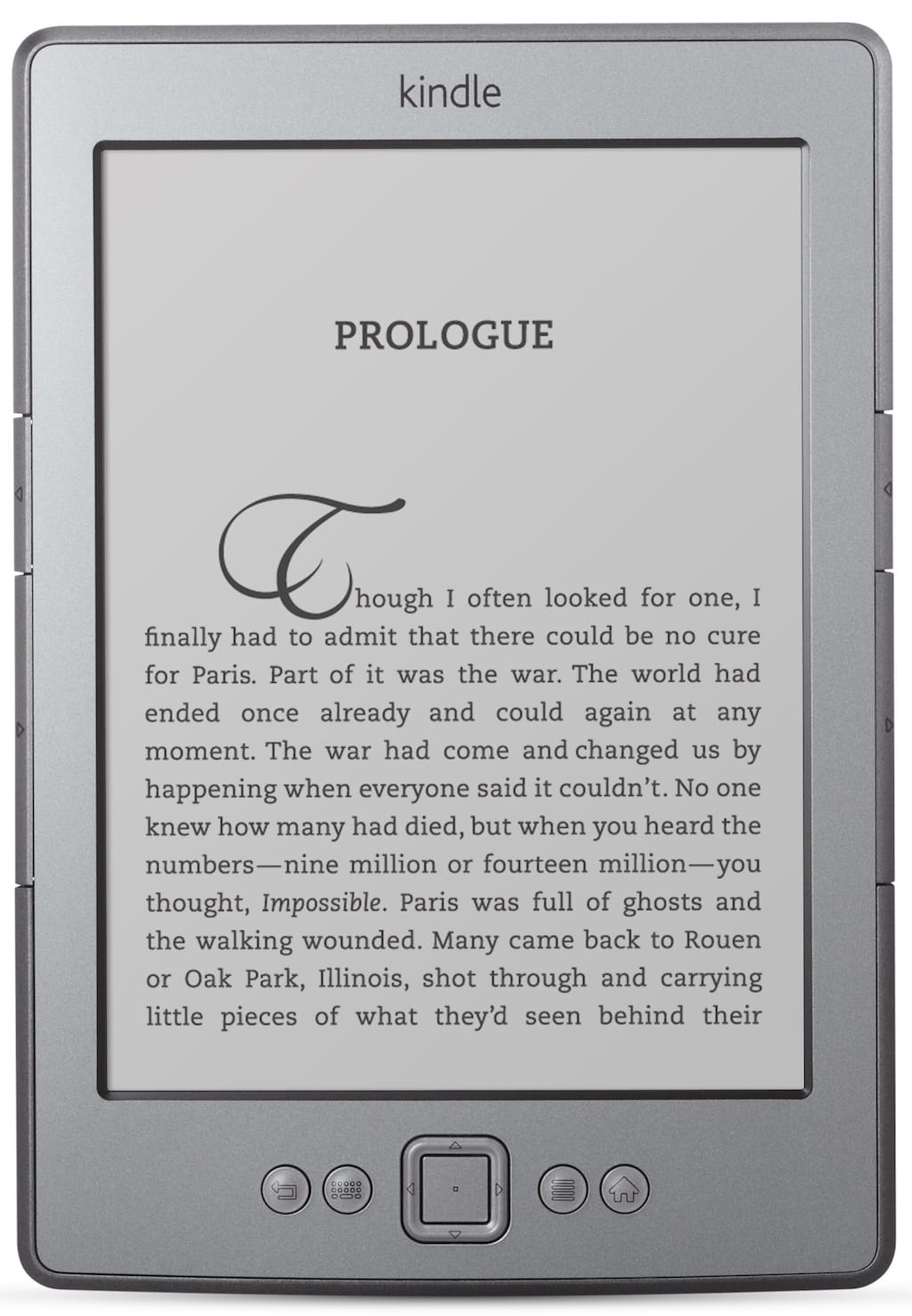Here's a few of the situations where I've gotten the most job satisfaction:
- Starting my IT career, I was in tech support for Microsoft DOS and then Microsoft Access. I started without any computer background, but I learned a tremendous amount very quickly, and was constantly solving problems, especially with Microsoft Access, that were quite complex and required creativity and great troubleshooting skills. Overall, it was lots of fun. The part that got old was that although I was helping customers a lot, I wasn't building anything larger, and wasn't part of any longer-term project. Everything began and ended with a phone call or online interaction.
- More recently I had the opportunity to rework an internal product that was hobbling along, causing lots of support issues and costly time. I worked very closely with just a few people, rewrote the product from the ground up within about 5 months, and made a huge difference in the performance and features of the product. I got a lot of satisfaction from this, and people were very appreciative.
- I set up a site for my mother-in-law, an accomplished artist, to sell her artworks on Etsy. That was a new experience for me, involving substantial research and some graphics work. I still get a kick out of every order confirmation email from Etsy. And it's creating something where there was nothing before.
- I also set up a site for my mother (OldGermanLetters.com) to advertise her German translation services for old, handwritten letters, diaries, and journals. I hadn't done much front-end work previously, so it interesting to work on. I was very pleased when she recently got her first commissions. Again, I was creating something where there was nothing before, and learning some new skills.
Here's some situations I've been in that have given me the least job satisfaction:
- Jobs where I had no real work do to. It's hard to believe, but it's surprisingly common in IT. Especially when you do database work - good data people are so hard to find that once they find someone, they keep them around even if there's no immediate work. Sometimes, the organization is just overstaffed. In that case, you have to be careful when trying to find something useful to do. It's likely that you'll be stepping on somebody's toes, because the work that is available will be jealously guarded.
- A job where the work you're doing will never be implemented. Again, very common in IT. So many projects go nowhere. And frequently the writing is on the wall, for you to read, far before a project is officially declared dead or just fades away.
The title of this post is "Job satisfaction, and how to find it". But to be truthful, I don't know if I have any special insights on this, other than - it's damned important.
Here's a quote that I found very insightful, from the book Rework, by Jason Fried and David Heinemeier Hansson.
To do great work, you need to feel that you’re making a difference. That you’re putting a meaningful dent in the universe. That you’re part of something important.
This doesn't mean you need to find the cure for cancer. It’s just that your efforts need to feel valuable. You want your customers to say, “This makes my life better.” You want to feel that if you stopped doing what you do, people would notice.
You should feel an urgency about this too. You don’t have forever. This is your life’s work




